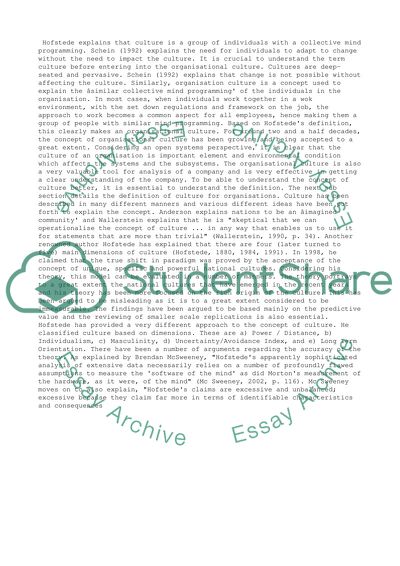Cite this document
(“Organisational Behaviour Assignment Example | Topics and Well Written Essays - 4000 words”, n.d.)
Retrieved from https://studentshare.org/business/1398371-organisational-behaviour
Retrieved from https://studentshare.org/business/1398371-organisational-behaviour
(Organisational Behaviour Assignment Example | Topics and Well Written Essays - 4000 Words)
https://studentshare.org/business/1398371-organisational-behaviour.
https://studentshare.org/business/1398371-organisational-behaviour.
“Organisational Behaviour Assignment Example | Topics and Well Written Essays - 4000 Words”, n.d. https://studentshare.org/business/1398371-organisational-behaviour.


